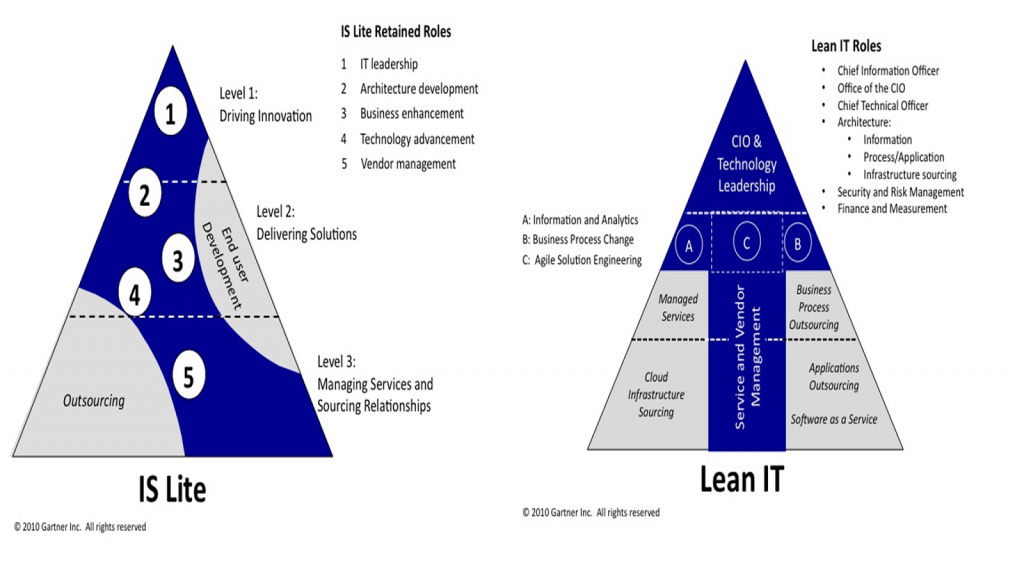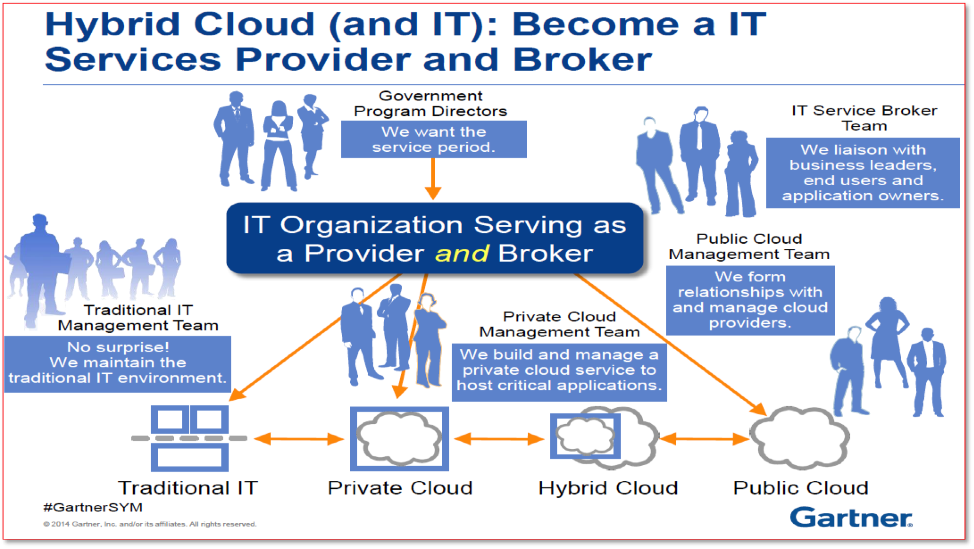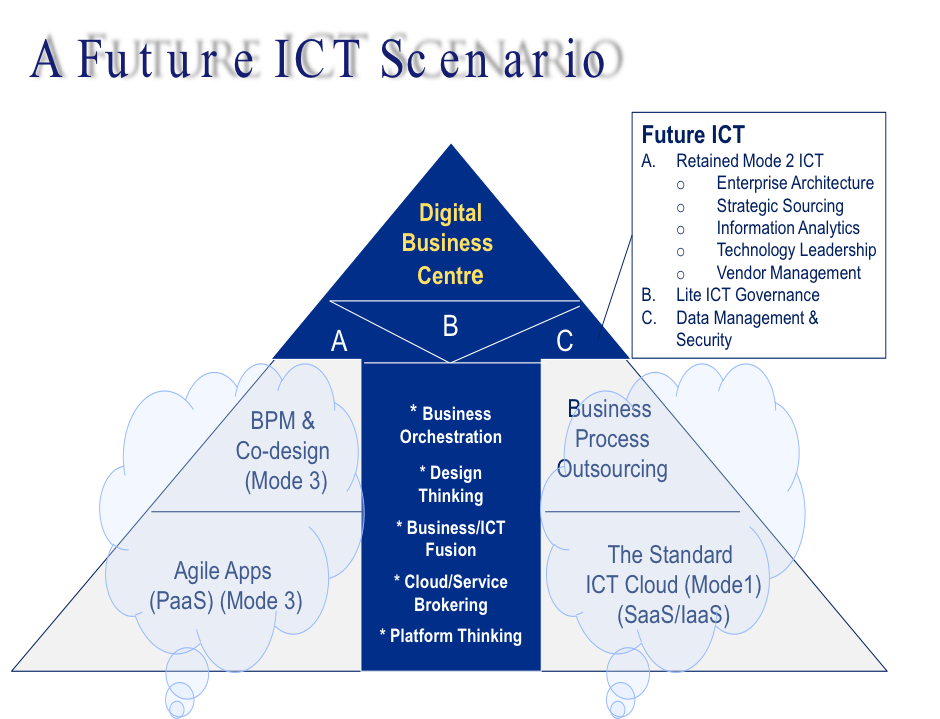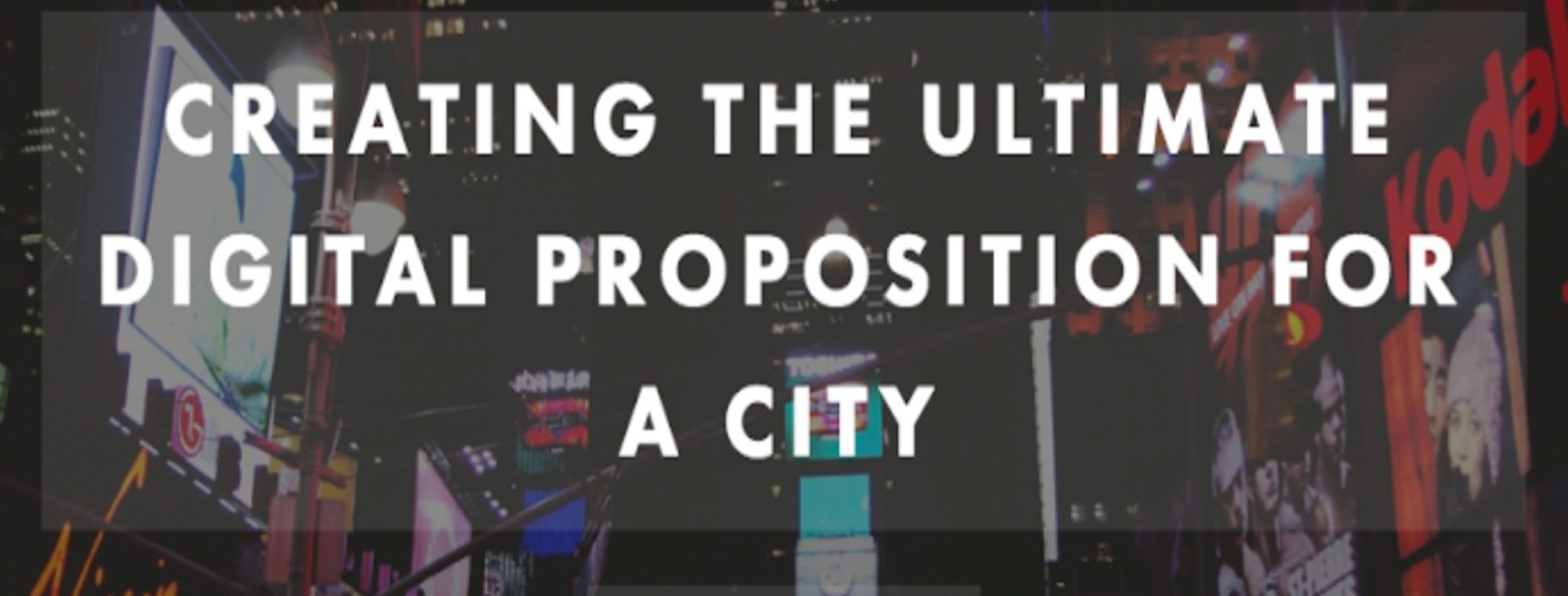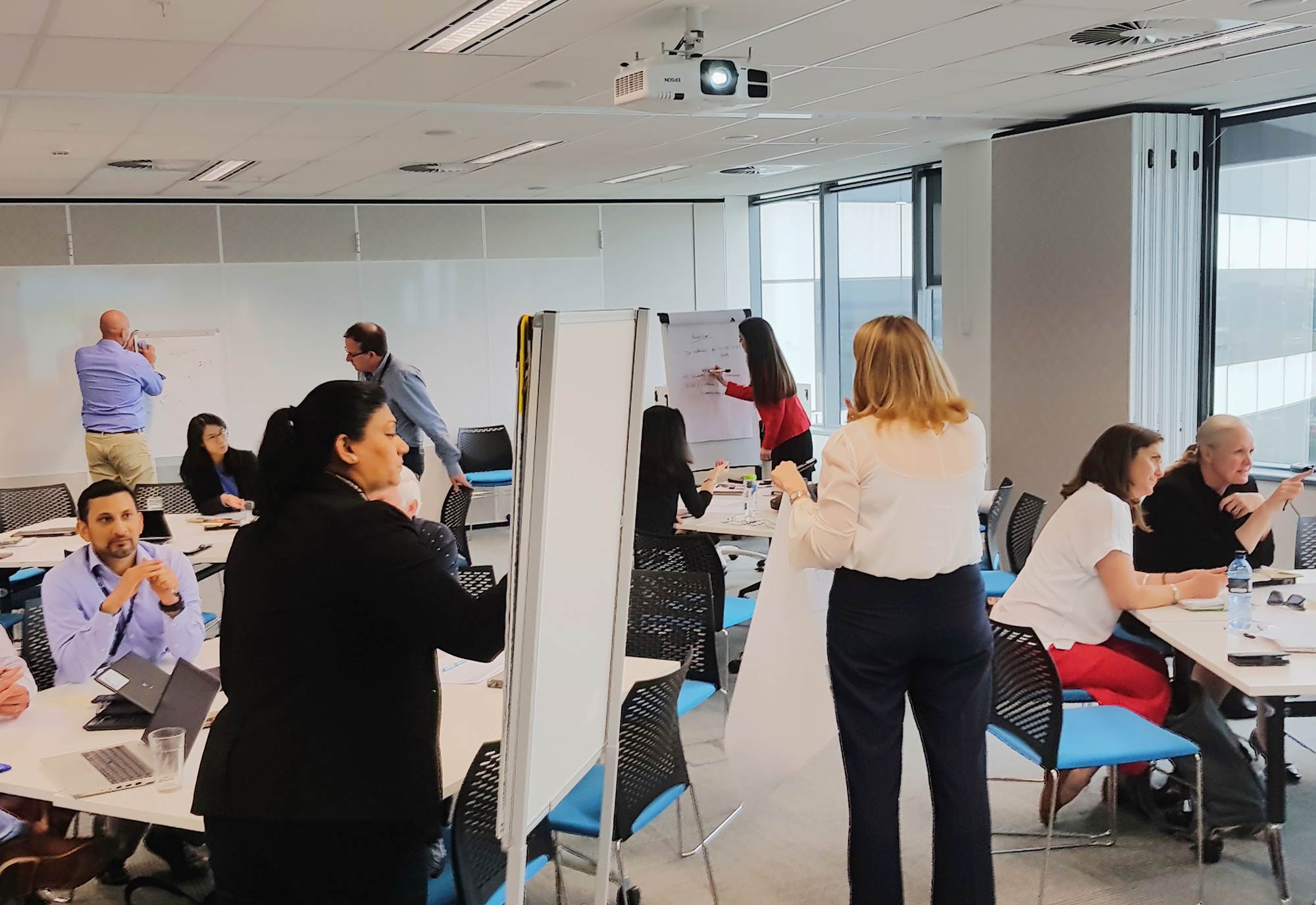
04 Oct The Future ICT Organisation & the future CIO
Know more of our DIGITAL & ICT STRATEGY capabilities.
By 2025 the traditional internal ICT Organisation will cease to exist.
The statement might seem confronting and that is quite deliberate. The alternative to confronting the issue would be to bury your head in the sand. The writing has been on the wall for ten years plus and, like the paperless office, it hasn’t yet been fully realised. The stark reality is that by 2025 we should see the bulk of it shifted, apart from the occasional organisation holding grimly to past practices.
It is difficult to detach thinking about the future role of the CIO from that of the ICT organisation. Similarly, in order to anticipate where ICT organisations are headed, it pays to track their journey so far as a basis to predict likely scenarios in the future. So does CIO final stand for Career Is Over? This paper examines these topics.
The intention of this paper is to envision a way forward that will offer a viable and realistic future for ICT practitioners in the workforce.
Looking to the Past
Looking to the past has a habit of providing insight to the future. In doubting the potential extent of future change in the ICT world it is worth examining how far we’ve come.
In the 1980s ‘ICT’ or ‘Data Processing – DP’, as it was then known, we had a mainframe with centralised Apps and a network of dumb terminals (Green Screens) and if you wanted to get anything done in the business you had to ask DP. As well as vesting IT with great responsibility, this also vested IT with considerable power.
The only suggestion of decentralised control was, over the Wang Word Processing minicomputer that would eventually replace the typing pool.
The late 80s and early 90s minicomputers started to increase in popularity and it wasn’t long before the first PCs started to emerge in the corporate world. Once they got a foothold, although initially under DPs control, some elements of distributed procurement gradually started to emerge.
Switch to today and consumerisation being what it now is, BYOD is now prevalent. Businesses are going direct to the market to source Apps or even commissioning them through crowdsourcing and having them hosted in the cloud, many times “under the radar”.
It’s truly a very different world. ICT practitioners need to demonstrate value and relevance in order to claim their place in this new world. And ICT being “practiced” just in ICT departments is no longer a default best practice.
We’ve seen and we continue to see different models for ICT Organisations, with some working better than others. Examples include:
- Centralised, Distributed, Federated and Centre-led
- Split Strategy/Governance, Projects/Change, Service Delivery/Operations
- Split between CIO and CTO – (often breeding adversity with the CIO often taking the high ground)
- Shadow ICT;
- IS Lite and IS Lean (Gartner)
- In-sourcing, outsourcing and ICT as a Service (IaaS, SaaS and PaaS etc.);
- Multi-Modal IT (Gartner)
Often ICT organisations evolve their structures and business models in line with these trends as they seek to move up the maturity curve. It’s also true to say that they tend to reposition themselves along the business value chain.
This includes external sourcing of increasing areas of the value chain. Cloud and services based computing are example realities.
The key question is: what’s next?
Symptoms of change
Gartner’s IS Lite could move from IS Lean to IS Anorexic. Waves of Digital Disruption will rock the ICT boat and may sink it, or maybe have already in some cases.
Have we seen the legitimisation of Shadow ICT ? Co-design and collaboration will define the new way.
Are we witnessing the re-birth of the ‘New Age Traveler’ or ‘Cyber-Hippie’ – Anywhere, Anytime. The difference is that mobility and virtualisation have come of age and with this; another disruption has taken place. Is the age of the virtual CIO here?
In any event, the levels of business dissatisfaction that have plagued IT Organisations in recent years are more symptomatic of failings in the business model rather than mere failings in the IT personnel.
The COVID pandemic proved that getting things done is possible and getting them done quickly just as possible….with the right sponsorship and authority to act with urgency.
Nevertheless, as we revert to “normal operations”, something needs to change if this situation is to be addressed. Not all current ICT Business Models work for the New Age Business!
Traditional ICT Organisations
The traditional ICT organisation typically looks something like Figure 1 below:
Generally speaking, most have separation between strategic and governance functions and service delivery functions. Service Delivery functions generally include applications development, support and infrastructure. The service delivery functions may be in-sourced or outsourced to a greater or lesser degree with elements being hosted in the cloud.
This delivery approach, and this structure, is mired by the historical experience of the people now in the Cxx roles. It does not take into account the manner in which the new blood works, or wishes to work; providing the flexibility and intercommunication between the traditional functions that is mandated by the emerging IT professionals.
Looking to the Future
Transition Strategies
Organisations are at various levels of ICT maturity. Some are already following or have followed a path to create a Lite or Lean ICT Organisation as presented by Gartner (see Figure 2 below), whilst others have yet to embark on that journey. We do recommend that organisations attempt to apply the essence of these models as part of achieving readiness for establishing a Digital and ICT Business Delivery organisation. In doing so the will adapt for:
- Strategic Sourcing
- Vendor Management
- Divesting commodity services
- Adopting a Service Management culture
- Optimising ICT Governance
- Developing new methods of working for professionals working on (and delivering) the service;
- Embedding end user development in the business
- Establishing Centres of Excellence.
In order to consider what might be the next step in the ICT organisation maturity cycle, we need to understand the drivers for change. These include:
- Business enablement
- Agility;
- Market Responsiveness (and capability)
- Need for Innovation
- Value for money.
The Future of the ICT Organisation
There are a number of potential scenarios for the future of the ICT Organisation. This paper presents one such scenario and provides some discussion to substantiate the outcome. In essence this scenario suggests that the traditional ICT Organisation will most likely be consumed and recycled as a new organisation; the Digital and ICT Business Delivery Centre as depicted in Figure 4.
The Digital and ICT Business Delivery organisation
The Concept of replacing the traditional ICT Organisation with a Digital and ICT Business Delivery organisation recognises the tight interdependence between people, processes, information and technology in effecting business improvements and transformations. Indeed, it is the fusion between these components that is the essential step in the process. This exemplifies what Gartner terms the emergence of ‘Digital Business’.
The model recognises the need to blend these components together within and beyond the organisation to provide a holistic view and approach to bringing about transformational change. In essence for the evolving ICT Organisation, instead of being focused on decoupling and divesting core ICT competencies, the focus shifts to redefining the core function of ICT. It brings the pointy end to the customer, and lets the customer drive, if not design the services and products.
It also recognises a focus on change and transition rather than ‘Keeping the Lights on’, which becomes the domain of the standard ICT Cloud (Mode 1) operation. Here the focus remains on rigorous governance and service management and is measured and monitored against performance KPIs.
Business/ICT Fusion
For too long have organisations wrestled with the problem of trying to align business and ICT whether in terms of requirements vs solutions, resolving priorities, determining who should pay for what or simply interpreting language.
Business and ICT fusion is about the bringing together of business and IT functions and solutions. Functions that are most suited to fusion would include:

Retained ICT
The specialised ‘ICT’ functions should include:
These functions represent the core (mode 2) ICT elements that remain in-house although some external resources might be sourced as needed.
Lite Governance
Lite governance recognises the need for organisations to demonstrate agility in responding to market opportunities and circumstances. This is not the same as inadequate governance. It includes setting up lite governance structures, streamlining decision-making processes, allocating responsibility and accountability and maximising individual authority. It also involves governing on an exception basis. It indicates the breaking down of programs and projects into manageable sizes.
People Impacts
So what are the implications for people? I guess those people affected include:
• Management and staff from the ICT Organisation – Impacts might include:
- New ways of working to match the emerging drive and direction of up and coming IT professionals
- Retrenchments/redundancies
- Outplacements
- Transfers out (e.g. to service providers)
- Re-skilling to take on new roles
- Departures (i.e. choosing to leave).
• Business management and staff – direct impacts of the change e.g.:
- Changes in roles/responsibilities (e.g. expansion/redefinition)
- Changes in relationships (e.g. new IT Service Provider(s))
- Changes in ways of working through co-design.
• Customers
- Changes to the way in which they transact and interact
- Requirement to upskill and or reskill
- The need to take on more responsibility i.e. self-serve.
What will be essential is to place importance on:
- Understanding the emerging professional and customer ethos, the way in which they work and the manner in which they expect services to be delivered
- Managing the change process and bringing people on the journey
- Opening up communications (bi-directional and multi/omni-channel) to create a dialogue and to manage expectations
- Establishing a support network for those that will be affected by the change
- Marketing and selling the benefits to the various stakeholders.
It is the combination of people, process, information and technology that will be the key to the success of Digital Business. As such the people factor cannot be taken for granted.
Conclusions
The following conclusions have been drawn from this assessment:
- The ICT Organisation is a shifting organism that morphs to suit changes in its environment.
- The emerging way that people work and customers interact with organisations is driving a new paradigm.
- To optimise alignment of business and ICT, we will need to fuse the separate parts.
- A new ‘hybrid’ organisation should replace the more traditional ICT organisation over the next ten years, with bulk of the transition occurring over the next five years.
- The bulk of traditional ICT functions will be migrated to outsourcing with many of these services being provided over the cloud.
- New capabilities will need to be acquired by business and ICT in unison in the future.
- The transition should be managed as a major change initiative with a focus on delivering business benefits.
Testing the Scenario(s)
Before proceeding to divest your ICT Department, terminate your CIO or strip back your ICT Governance you may want to test out some of the theories.
Some form of Scenario Testing or perhaps Guerrilla Testing might fit the bill. An initial step might involve identifying those key components that you will need to test before considering an integration test of the whole i.e.:
- Divesting the (Mode 1 – the BAU) ICT Operations
- Validating the new ‘core’ ICT Capabilities (Mode 2)
- Validating the ‘fused’ business ICT Capabilities (Mode 3)
- Evolving the cloud broker role
- Designing effective ‘lite’ governance
- Shaping the DBC.
In approaching a test of each of these components, we would suggest defining for each:
- The objectives
- The problem(s) you hope to resolve
- The perceived value or benefits
- The risks, constraints and/or obstacles and potential mitigations
- The people to be involved and the people that will be impacted
- Steps involved (e.g. building capability, re-engineering processes etc.)
- Interdependencies (i.e. with other components)
- Roadmap and Action Plan.
The process should be approached in an agile way, not getting too engrossed in the detail. It should be structured but not process bound. Once each of the components has been assessed, a consolidated view should be taken in order to get the total picture and to determine the most preferable sequence of changes.
- Tech Your Business Podcast - 26 February 2024
- Security Market Watch Podcast - 26 February 2024
- The Business Octopus Podcast - 15 February 2024






